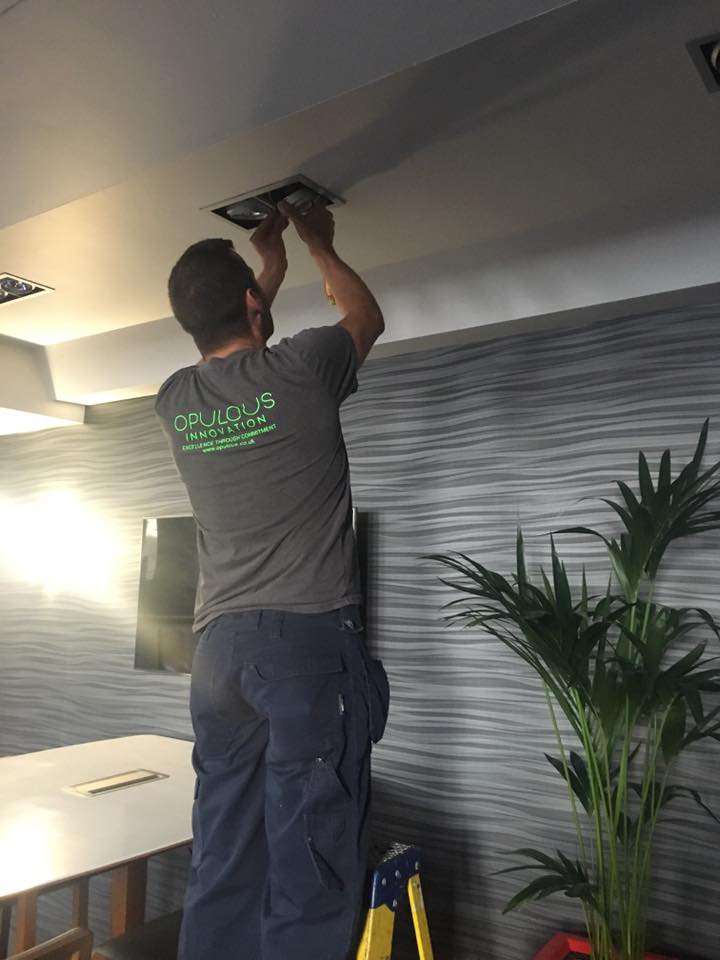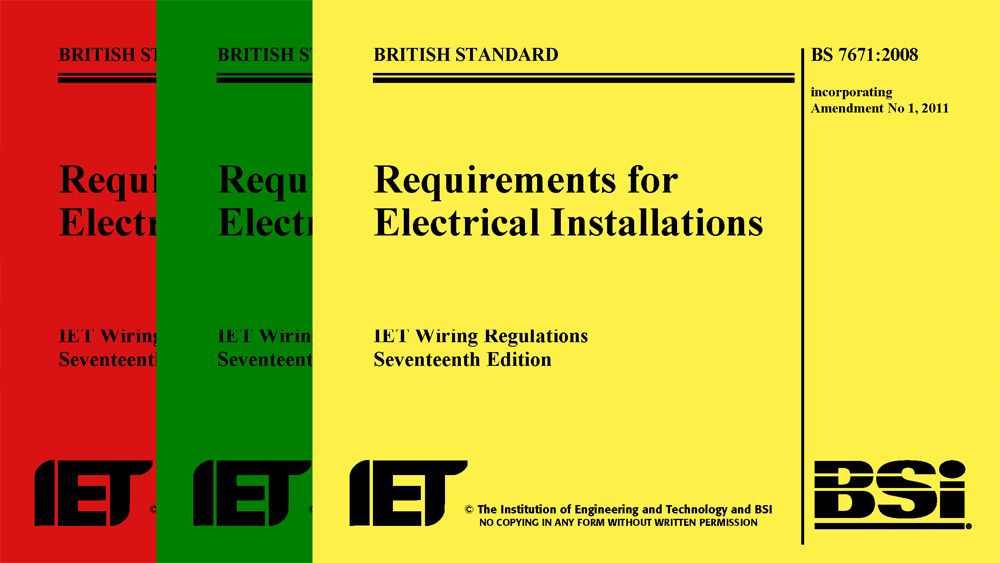Committing to renewable energy at home for most people just means installing solar panels. But renewable energy options now cover much more than just solar power. Renewable energy sources currently make up about 35.5% of the UK’s electricity supply, read on to find out how you could be part of the renewables revolution:
Air Source Heat Pumps
Air source heat pumps aren’t the most aesthetically pleasing items to have on the side of your house along with making space for a plant room inside your property. Gas boilers definitely win over for not needing such extensive space or the outdoor equipment but realistically time is now running out for gas boilers now the ban has been implemented on installing them in new build properties after 2025.
Air source heat pumps quite literally use air to create heating or hot water for both domestic properties. The size of the heat pump can vary depending on the heating demand of the property you are catering for. The efficiency of heat pumps all depend on the weather outdoors and often air source heat pumps work better at temperatures over 10 degrees. You might be thinking when is England over 10 degrees in winter? Don’t worry, air source heat pumps still work but their efficiency drops slightly, originally manufactured in cold countries like Sweden to cope with extremely cold climates.
The cost of air source heat pumps isn’t actually as bad as many people may think, they can start as low as £8,000- £10,000 for a domestic property depending on the size, insulation and heating demand.
Ground Source Heat Pumps
Surprisingly the ground generally maintains a heat of 10 degrees despite snow and cold conditions which allows ground source heat pumps to maintain their efficiency, unlike air source heat pumps which are dependant on what the weather is doing.
Ground source heat pumps are more suitable for properties that have a high demand for heating and hot water, they involve high installation costs due to the requirement of groundworks to put them in place and also need a large amount of land to be able to put in the framework.
The cost of ground source heat pump installations all depend on what you are going for, the bigger the heating demand the more evasive the works would be to install. As a general guide you would be looking at £20,000 plus.
Solar Panels
There are generally two types of solar panels used; Solar PV and Solar Thermal. On average 3.9% of all of the UK’s electricity is provided through solar panels.
Solar PV Panels rely on photovoltaic (PV) cells to turn the sunlight into electricity, the final product all homeowners need. The electricity produced powers anything running in your home at that time and sells the unused back to the electricity grid. It also means that if your electricity demand exceeds what your panels are producing then that is provided from the grid like normal.
Solar Thermal panels turn sunlight into heat instead of electricity. This means less bills for heating and hot water. The only downside to this would be most people shower at night time when it is dark meaning the solar panels wouldn’t be the likely source for your heat.
Getting solar panels seems like a difficult decision especially in England as it isn’t always sunny. Despite the fact it uses sunlight to create electricity it will still work when the weather isn’t as bright, however this does reduce the panel capacity to around 50%. Usually solar panels are installed on the roof of the home, outbuilding roofing, but can be ground mounted.
Wind Turbines
Wind turbines are used to create electricity from the wind. The electricity produced can be used to supply back to the grid or for a specific purpose. This is one of the most economical ways to create electricity along with solar panels as mentioned above.
Surprisingly wind turbines actually provide a large amount of the electricity for UK homes and business. In 2017 they produced 14.8% of all electricity consumed by the UK. Would you have thought they did that much considering you don’t see them around all of the time? There are roughly 9,700 wind turbines in the UK alone.
Currently there is a project called The Hornsea Project Two which is due to be completed in 2022. This aims to create enough power for 1.3 million homes.
If any of the above options intrigue you and you’d like to find out more about how you could install them at home please do get in touch.


 Websites like
Websites like 
 By including in your new year resolutions one to install a solar system to your home, you could earn back at least £400 for a 4KWH system per year. So, you could be even earning money while you’re helping with keeping the environment green.
By including in your new year resolutions one to install a solar system to your home, you could earn back at least £400 for a 4KWH system per year. So, you could be even earning money while you’re helping with keeping the environment green. The higher quality the insulation installed in your home the less heat will escape through these weak points of the house, this will reduce environmental impact and keep the heat inside your home.
The higher quality the insulation installed in your home the less heat will escape through these weak points of the house, this will reduce environmental impact and keep the heat inside your home. Having an
Having an  For those that are still yet to receive their smart meters, this clever device gives a simplistic view into your home’s energy habits. You can view your live energy usage view a speedometer-like display to help you keep track of costs. This self-install device uses a CT clip or LED reader to transmit the data wirelessly to your device.
For those that are still yet to receive their smart meters, this clever device gives a simplistic view into your home’s energy habits. You can view your live energy usage view a speedometer-like display to help you keep track of costs. This self-install device uses a CT clip or LED reader to transmit the data wirelessly to your device. This sleek thermostat will help slash your heating bills and boost your
This sleek thermostat will help slash your heating bills and boost your  Smart plugs are a great way to connect your home electronics with your Wifi network, giving you full control to turn the device on and off from your phone. For those of you that already have Alexa,
Smart plugs are a great way to connect your home electronics with your Wifi network, giving you full control to turn the device on and off from your phone. For those of you that already have Alexa,  Never come home to a dark house with Philips Hue. Automate your lighting experience and control your lighting from home or away with this amazing device. You can connect up to 50 lights to a Hue bridge and with up to 12 accessories such as switches and dimmers to choose from choosing your configuration can be ever-changing. Also compatible with voice controls systems like Amazon’s Alexa, Google Home and Apple’s Homekit you’ll never need to get out of bed to turn a light off again.
Never come home to a dark house with Philips Hue. Automate your lighting experience and control your lighting from home or away with this amazing device. You can connect up to 50 lights to a Hue bridge and with up to 12 accessories such as switches and dimmers to choose from choosing your configuration can be ever-changing. Also compatible with voice controls systems like Amazon’s Alexa, Google Home and Apple’s Homekit you’ll never need to get out of bed to turn a light off again. Now we may not be plumbers, but we still think that this is a good idea especially for older houses. Instead of controlling your house’s temperature in one zone, this device gives you the capability to control each individual radiator individually. These battery-powered valves can control the time and temperature of each associated radiator via the Wiser Heat app or via your Amazon Echo. The internal batteries have a two year battery life and include open window detection to prevent heat from being wasted.
Now we may not be plumbers, but we still think that this is a good idea especially for older houses. Instead of controlling your house’s temperature in one zone, this device gives you the capability to control each individual radiator individually. These battery-powered valves can control the time and temperature of each associated radiator via the Wiser Heat app or via your Amazon Echo. The internal batteries have a two year battery life and include open window detection to prevent heat from being wasted.

 Here are Opulous’s top energy saving tips to get your home ready for winter and help you save
Here are Opulous’s top energy saving tips to get your home ready for winter and help you save

 If newer, your consumer unit may contain an RCD or a residual current device, this clever switch will trip and disconnect the supply if
If newer, your consumer unit may contain an RCD or a residual current device, this clever switch will trip and disconnect the supply if 

